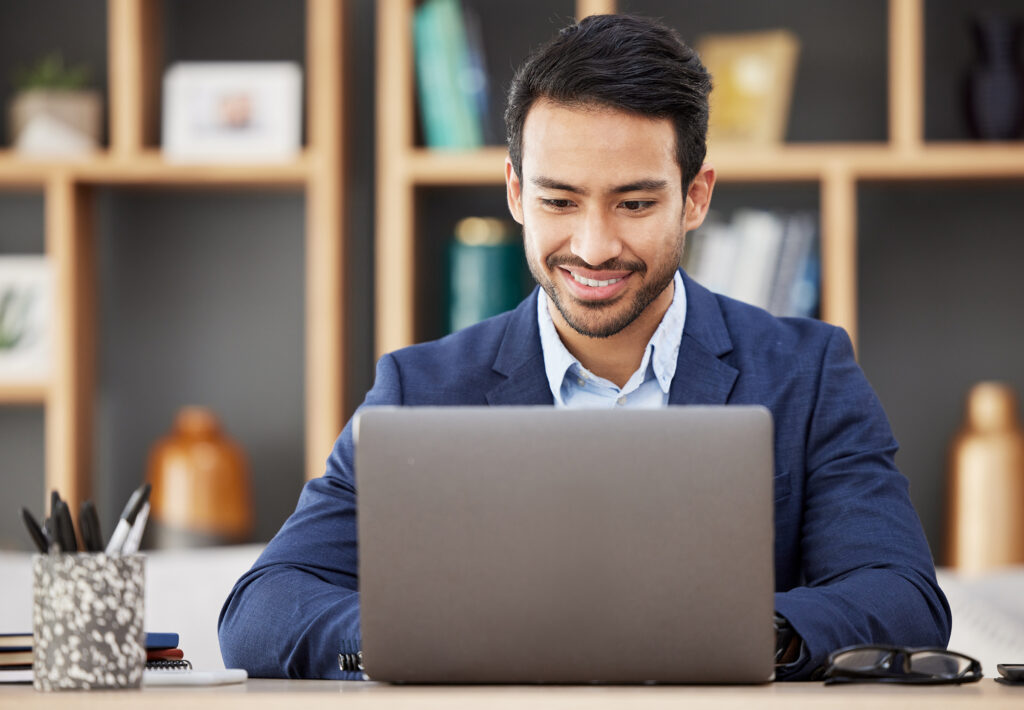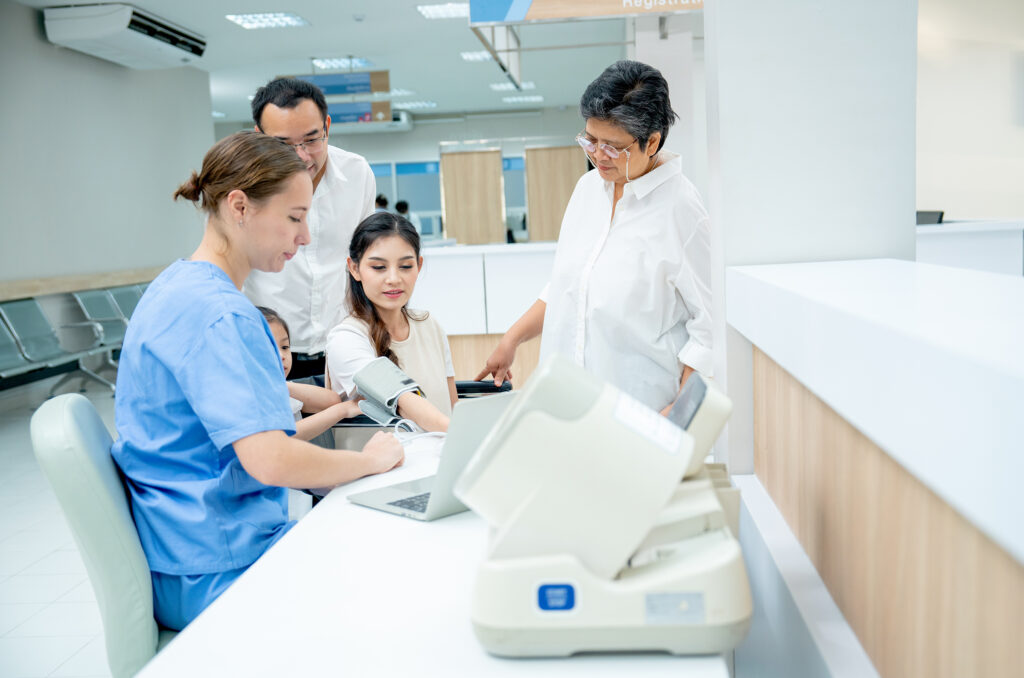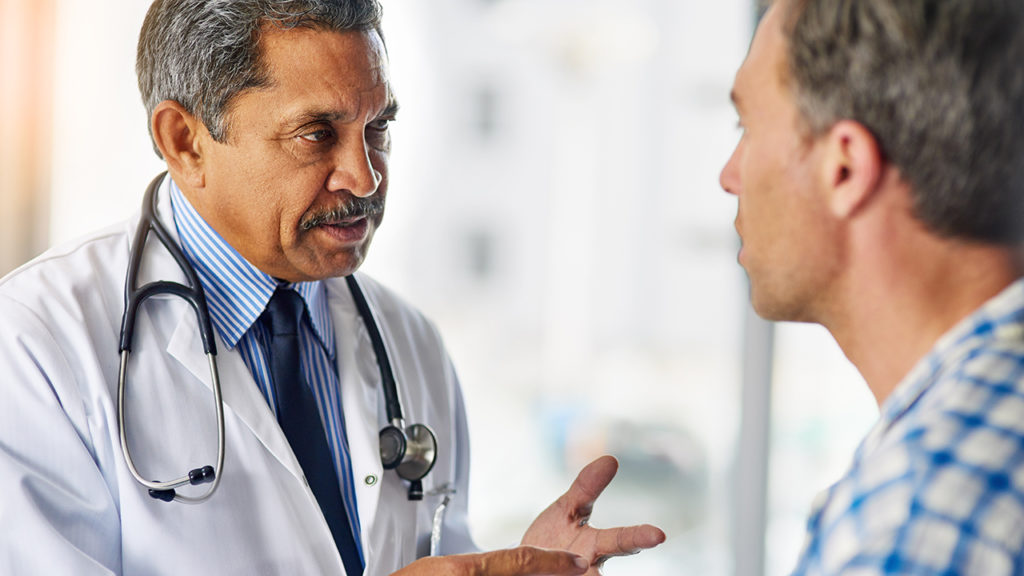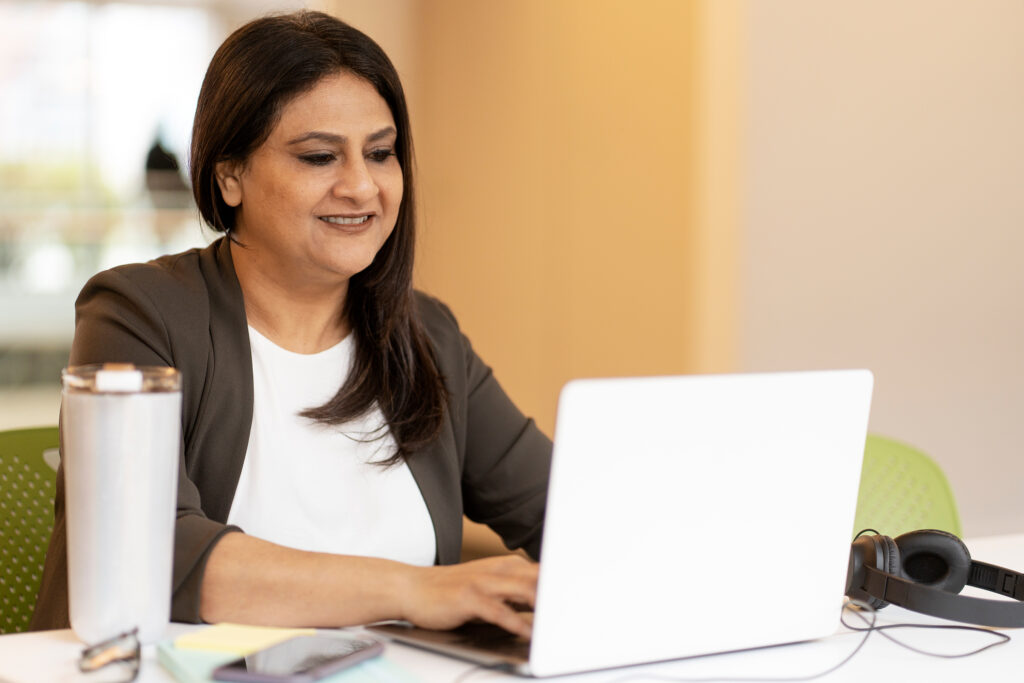Unlock Seamless B2B Payments: How ACH Powers Modern Growth
Every thriving business relationship relies on trust, efficiency and the seamless movement of money. Yet for too long, business-to-business (B2B) payments have been weighed down by outdated processes, endless paperwork and frustrating delays. But with the continued adoption and expansion of Automated Clearing House (ACH) payments, companies are finding new momentum—unlocking smoother transactions, reducing costs and powering growth without the usual financial friction.
Explore the value of this payment type for transactions between businesses.
What Are Business-to-Business ACH Payments?
Business to business ACH payments are electronic fund transfers between two companies. ACH payments provide a modern and secure method for processing fund transfers electronically. These transfers occur in the ACH Network and eliminate the need for paper trails that come with checks, money orders and other conventional payment methods.
ACH is a widely used electronic payment system in the United States and internationally. With this network so widely recognized, it can be an ideal solution for business to business payments between companies that are located in different states or countries.
Business to business transactions encompass a wide range of corporate processes, from paying advertisers and shipping companies to covering rent for office spaces. While many individuals have stopped using checks for their day-to-day payments, many businesses are still relying on these slips of paper to make large payments to other businesses. With corporate ACH payments, businesses can streamline a significant aspect of operations.
How Does Business to Business ACH Work?
All ACH payments start with two bank accounts—the Originating Depository Financial Institute (ODFI) and the Receiving Depository Financial Institute (RDFI). Essentially, there’s a bank account requesting a payment, the RDFI, and an account sending money to respond to the request, the ODFI.
In B2B ACH payments, this arrangement stays the same. However, rather than a corporate bank account and a consumer bank account, the transaction happens between two corporate accounts. The Clearing House or the Federal Reserve oversees the transaction by storing and processing the funds. Since these transactions are not direct from bank to bank, they can take one to two days to process.
The entire ACH process can be divided into four steps:
- Authorization: Before funds can move from one account to another, the ODFI needs authorization from the owner of the account to transfer funds through ACH. During authorization, the business will have to provide the account and routing numbers for the corporate account and other details to verify the use of their funds. As a business requesting this authorization, you may send an email with a link to the accounting department, so they can complete the authorization process.
- Initiation: The business then sends its information to the ACH provider or ODFI to initiate the transaction.
- Request: After initiating the transaction, the ODFI can send a payment request to the RDFI to receive the necessary funds for a product or service.
- Processing: As long as all information is correct and the RDFI account has enough funds to complete the request, processing can begin. The funds move from the RDFI account to the ODFI, and the business receiving funds will officially be paid for their product or service.
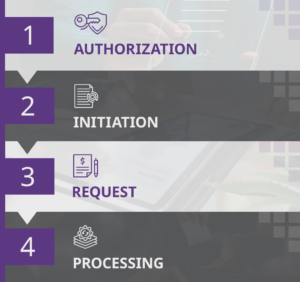
Benefits of B2B ACH Payments
Using ACH payments for your B2B transactions has many advantages, including:
- Simplicity: ACH payments are easy to set up with the right ACH provider. Both companies involved only need to provide account information for their corporate bank accounts and work with a provider who supports the process. Most banks allow the ACH process to occur with authorization, so there’s no need to have a special account or change the way you manage financials for your business.
- Speed: While there is a processing window for ACH payments, it is typically only a few days maximum. Even with this processing time, businesses will receive confirmation that funds are entering their account before they officially arrive. This aspect makes business to business ACH debit much easier than checks. Accounting teams don’t need to reconcile the bank account with several outstanding checks that have not yet been cashed.
- Security: With many businesses still relying on checks for B2B payments, check fraud is a possibility. Businesses are particularly at risk because they send multiple checks with large amounts. ACH payments are completely electronic and verified through your ACH platform, so you know you’re genuinely receiving money from your client businesses, and information like account and routing numbers is kept private.
- No processing fees: ACH payments are free of all processing fees, which is a major benefit to businesses that transfer money frequently between suppliers, clients and beyond. With so many transactions, small fees can add up and lead to large costs at the end of a month.
- Low transaction fees: Transaction fees for ACH payments are often free or low in cost, depending on the financial institutions involved. Compared to wire transfers or credit card processing, these fees are incredibly cost-effective.
- Electronic records: ACH payments have a clear electronic record you can access at any time, so it’s easy to manage invoicing processes, and you can cut down on paper records.

Implement ACH Processing With CSG Forte
CSG Forte’s Dex payments platform is the key to implementing ACH processing for your B2B transactions. Manage online, in-person and over the phone payments with a unified, cloud-based solution. With transparent reporting, you can stay connected to every transaction and manage your funds more efficiently.
Get in touch with us today to learn more or make an account with us to get started.

